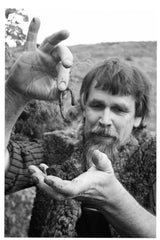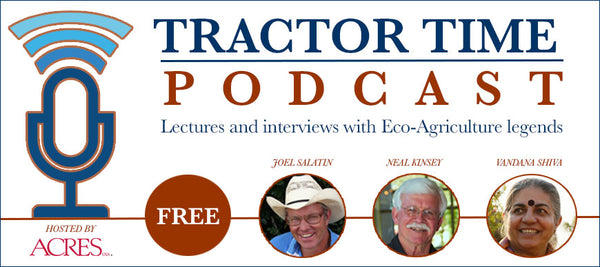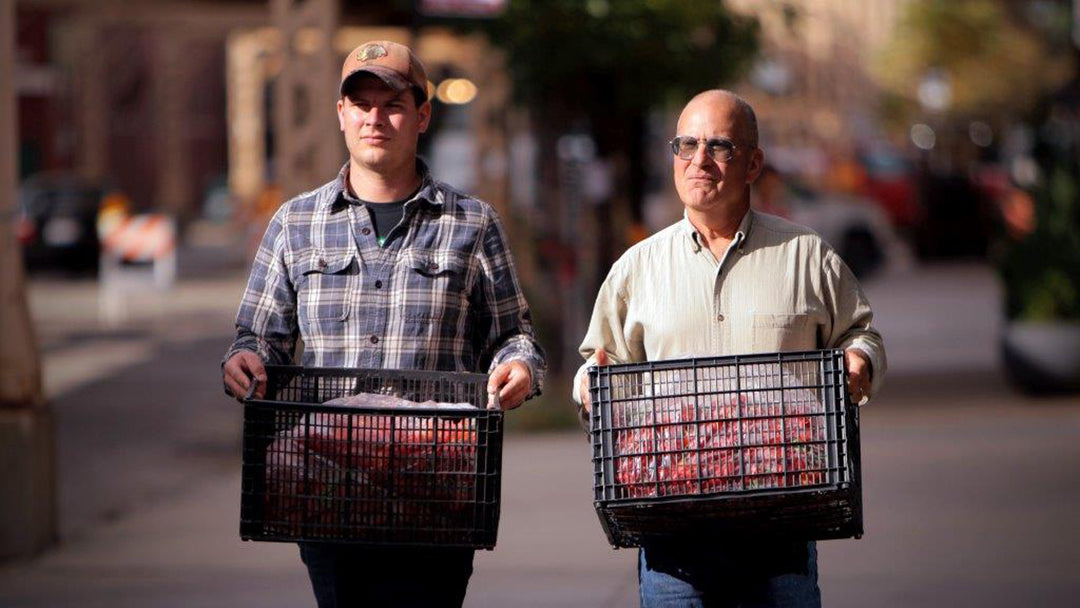
Humusphere: Humus, a Substance or a Living System?
In this breakthrough work — now available in English for the first time — the independent German-Norwegian explorer of soil life, graduate permaculture designer and graduate engineer Herwig Pommeresche shares his lifetime of research into humus.
His entire career has focused on the theory and practice of humus management in gardening and farming. Digging deep into a myriad of little-known research papers, he compares their findings with the usual conventional methods.
He found we have an inadequate understanding of the mechanisms by which plants absorb and process their nutrients. Our conventional model is that plants only get nutrients in the form of water-soluble salts, hence common conventional fertilizers. Fertilization methods in agriculture and horticulture have been based on this model, which the author calls “mineral model,” since the mid-nineteenth century. They largely have not been questioned since then despite the problems they cause.
But there are also works by scientists — decades deep research — which have found a completely different form of plant nutrition. Plants can, in simple terms, by “eversion” of their fine root cells take larger food particles and transport it inside the cell. They can also take up larger molecules and even entire cells — and this is what’s interesting — even in living form, a process known as endocytosis, a phenomenon long known in zoology and microbiology. Too little is known that this is also practiced by higher plants. Understanding plants nutrient uptake and the role of humus in the process will put modern agricultural practice to the test.
#7513 • Copyright 2018 • Softcover • 264 pages
20 per case
About the Author:
 Herwig Pommeresche was born in Hamburg in 1938 and has lived in Norway since 1974. He received a degree in architecture from the University of Hanover. He has spent many years active as an architect and urban planner in Norway. After finishing his studies in architecture, he became a trained permaculture designer and teacher under the instruction of Professor Declan Kennedy. Alongside other permaculture experts, he served as an organizer of the third International Permaculture Convergence in Scandinavia in 1993. He later served as a visiting lecturer at the University of Oslo. Today, Herwig Pommeresche is seen as a pillar of the Norwegian permaculture movement. He also serves as an author
Herwig Pommeresche was born in Hamburg in 1938 and has lived in Norway since 1974. He received a degree in architecture from the University of Hanover. He has spent many years active as an architect and urban planner in Norway. After finishing his studies in architecture, he became a trained permaculture designer and teacher under the instruction of Professor Declan Kennedy. Alongside other permaculture experts, he served as an organizer of the third International Permaculture Convergence in Scandinavia in 1993. He later served as a visiting lecturer at the University of Oslo. Today, Herwig Pommeresche is seen as a pillar of the Norwegian permaculture movement. He also serves as an author
and a speaker.
Herwig Pommeresche is a holder of the prestigious Francé Medal, awarded in 2010 by the Gesellschaft für Boden, Technik, Qualität (BTQ) e.V. (founded in 1993) in recognition of his contributions to organic methods and ways of thinking and to the preservation and improvement of the humusphere.
Customer Reviews
My Farmer, My Customer
New! Learn from Marty Travis's experiences converting the Spence Farm into one of the most successful farming co-ops in the United States today.


